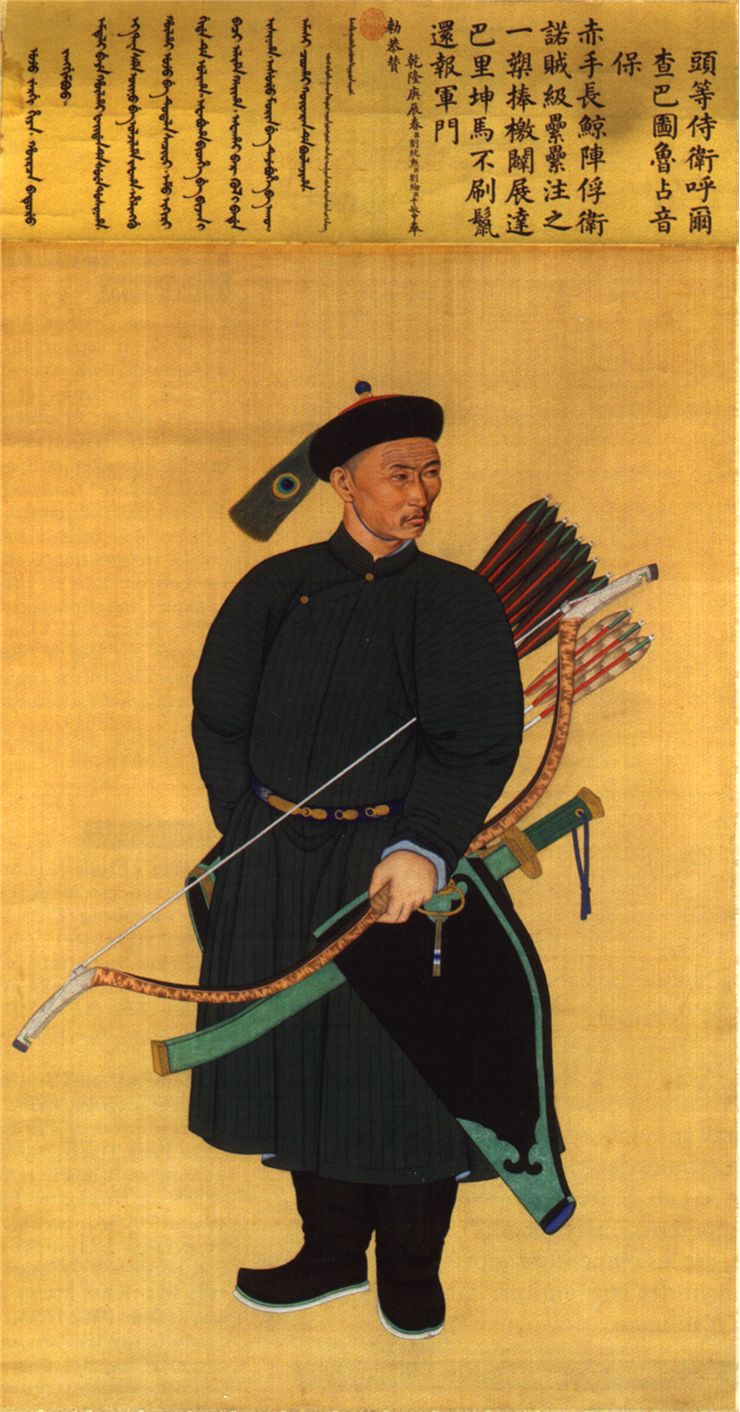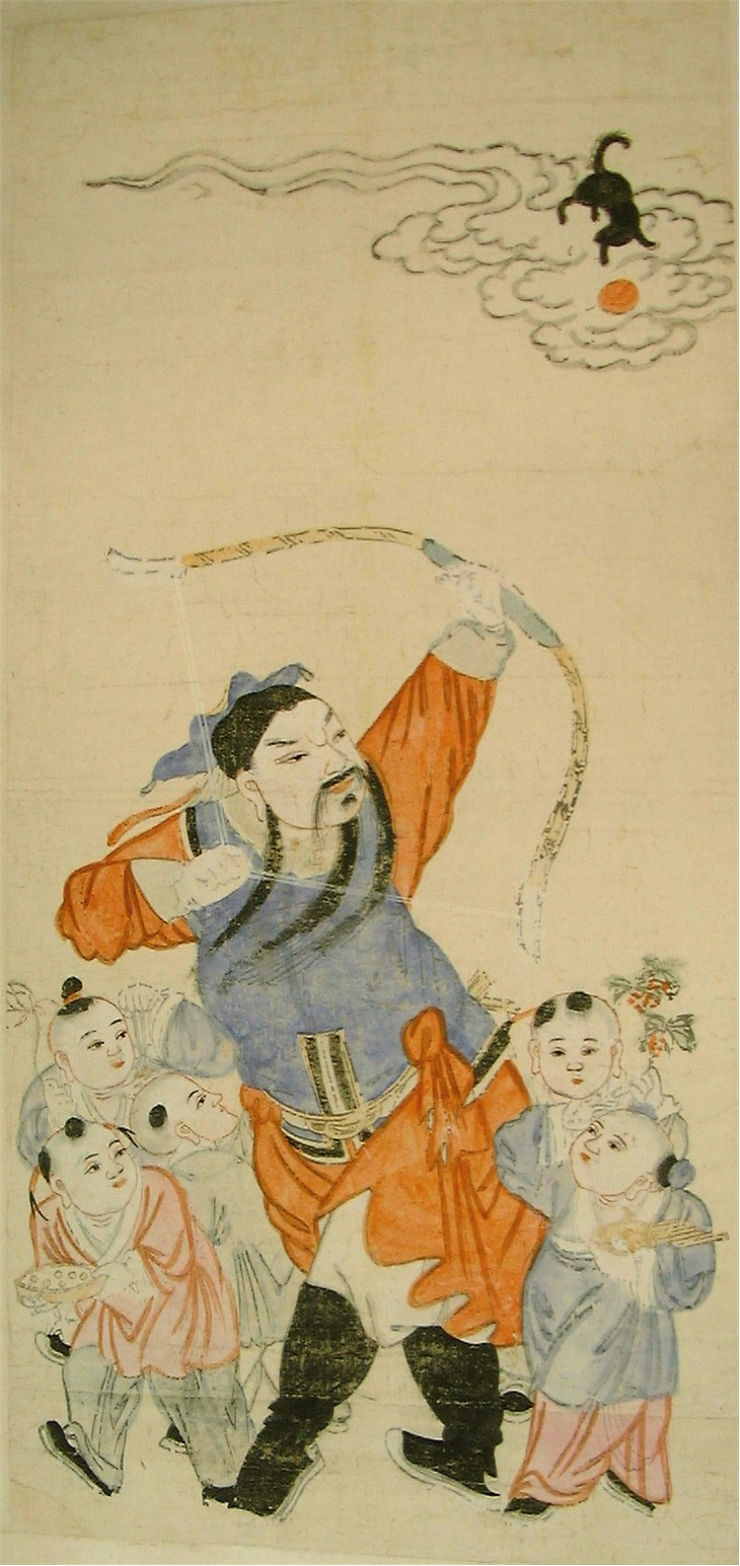History of Chinese Archery - Traditional Bow, Technique and Equipment
During Chinese history, archery was an important aspect of life. Bow and arrow were used for hunting, sport, rituals, examinations, and as a weapon of warfare since 20,000 years ago. Skill in archery was considered as a virtue for Chinese emperors and was one of the Six Noble Arts of the Zhou dynasty. Archery was for everybody and many philosophers, like Confucius and Lie Zi, were good archers.
In war, Chinese used bow and arrow as a weapon from chariots at first and later from the horse. Before the Warring States period (between 475 and 221 BC) chariots would carry one driver, one halberdier, and one archer which was the standard place for an archer at the time. Reforms of King Wuling of Zhao in 307 BC introduced mounted archery - archers on horses which proved as more affective. Chinese infantry on land used crossbows because they were easier to use and to train to soldiers. Bow and arrows were used for training and during naval battles. Chinese crossbows had bronze trigger mechanisms as early as 600BC which could withstand very high draw weights. Later, in 14th century, crossbows were made with a simple design because kill of constructing bronze trigger mechanisms was lost during the Mongolian Yuan dynasty in 13th century.
Bow and arrows also had ritual value for Chinese. During the Zhou dynasty, between 1146 and 256 BC, aristocracy held archery rituals whose role was to symbolize and reinforce order within their hierarchy. These rituals consisted of pairs of archers shooting at a target in a pavilion, with high concern for proper form and conduct. These rituals were accompanied by ceremonial music and wine. With the end of Zhou dynasty, civilian archery rituals disappeared but later dynasties retained archery rituals as a part of the military education and exams. These exams were used for selecting military officials and archery part consisted of archery on foot, mounted archery, and test of strength with specially-designed strength testing bows.
For hunting, Chinese used standard bow and arrow as well as pellet bow and a bow with a tethered arrow. Ancient Chinese artwork also represents hunting using mounted archery. For hunting with a pellet bow, Chinese used a light bow designed to shoot a stone pellet instead of an arrow. One theory is that pellet bow was precursor to the bow and arrow, and the pellet shooting was used in hunt along with bow and arrow for many centuries.
As in other places, use of bow and arrow started to decline with the appearance of firearms. Bow and arrow survived until the end of the Qing dynasty (1644 - 1911) when more reliable firearms were available. Qing Emperor Guang Xu abolished archery from the military exam in 1901. There was a short-lived effort to revive traditional archery practice between 1911 and 1937 but the Cultural Revolution forced workshops to cease manufacturing of bows.
Modern revival began in 1998 when Ju Yuan Hao began bow making. He was the only manufacturer of bows until recently. Annual Chinese Traditional Archery Seminar was established in 2009 whose goal is to create a new living tradition for Chinese archery.
As we have seen, technique of archery changed throughout Chinese history. The Han dynasty (206 BC - 220) had at least 7 archery manuals; the Ming dynasty (1368 - 1644) had at least 14 different schools of archery while in the time of Qing dynasty over 14 different schools of archery published their manuals. What is common for all these schools is that they all though that mental focus and concentration are very important for the skill and art of archery.

